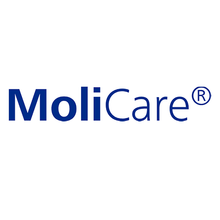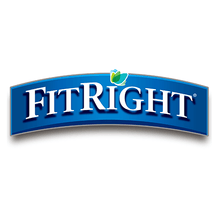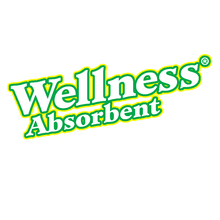Medline tested frontline caregivers about their understanding of incontinence and best practices. Of the 125 nursing assistants in large homes, the average score was just 52 percent. That’s why everyday it’s brought to my attention, just how serious the issue is in long-term care. In particular, is what happens at night – nocturia – which nursing homes are struggling with every day. Caregivers understand it’s not going away as the U.S. population gets older. Twenty-seven million people are expected to use some type of long-term care by 2050 according to the CDC.
Nocturia = New Problems
Nocturia is a common condition in the elderly and its prevalence increases with age.
Nocturia is an ongoing challenge for caregivers. Nocturnal incontinence is often associated with the development of bed sores and may eventually lead to skin breakdown, opportunistic infection and mortality. Once incontinence associated dermatitis (IAD) occurs, there is a high risk for pressure injury development. In fact, residents are at a 37.5 percent greater risk of developing pressure injuries.
Night-time incontinence constantly disrupts the sleep cycle and can lead to a negative impact on the quality of sleep and consequently is associated with daytime drowsiness. Also, research has found an association between incontinence and declining mental health.
Disturbing the Patient
Requirements for nighttime incontinence care have been interpreted to suggest ongoing bed checks every two hours throughout the night to aid in the prevention of skin breakdown. However, these bed checks can be very disruptive and the practice continues to be questioned. Nighttime incontinence has been associated with immobility and inability to arise from bed. Therefore, it is not surprising nocturia is among the top reasons why older adults are admitted to nursing homes.
As mentioned, nocturia impacts mental health. It can lead to a decline in cognitive function, depression and is associated with falls and fall-related morbidity. 80 percent of ambulatory elders suffer from nocturia; this symptom can predispose these individuals to falls as they maneuver to the bathroom.
Do’s and Don’ts
As a caregiver, there are several things you can incorporate into your daily routine that will help your residents achieve a good night’s sleep.
1) Establish a nighttime routine
2) Choose appropriate incontinence products
3) Coordinate between the day and evening shift
4) Establish a sleep friendly environment
Don’t Waste
Residents with incontinence are at increased risk for skin breakdown. Moisture from urine, stool, and repeated washing, can also lead to maceration and epidermal injury. In residents using incontinence products, apply moisture barrier products. So among the proper practices, institute a skin breakdown prevention program. This complete approach will save you money, time and give residents’ peace of mind.
I can’t say this enough. Avoid unnecessary disposable product changes during the night. Proper practices can alleviate caregiver workload and reduce disposable incontinence product consumption. Plus, it makes the night calmer and more peaceful for residents.






